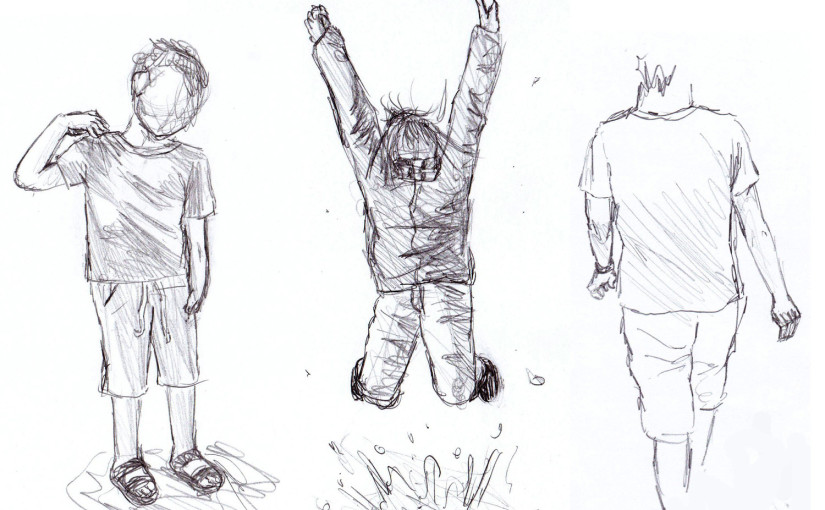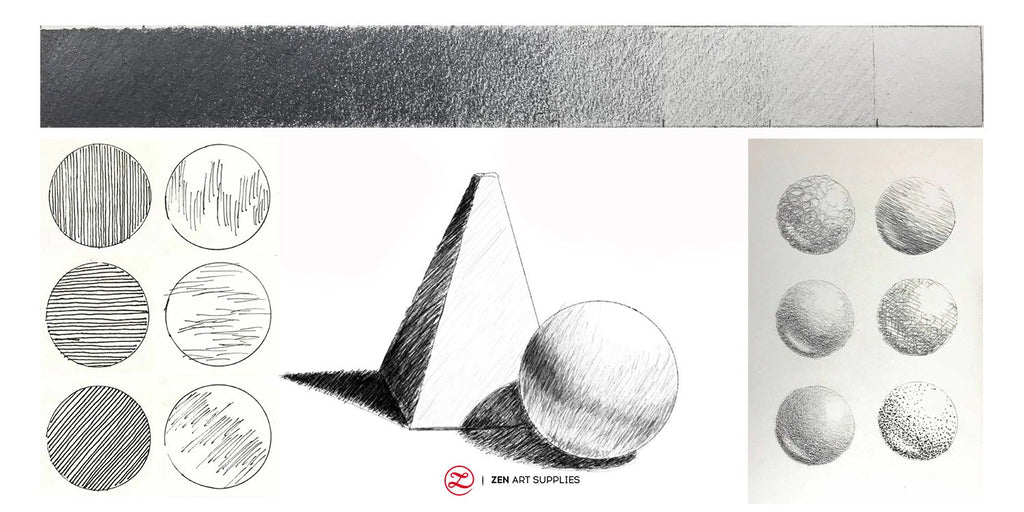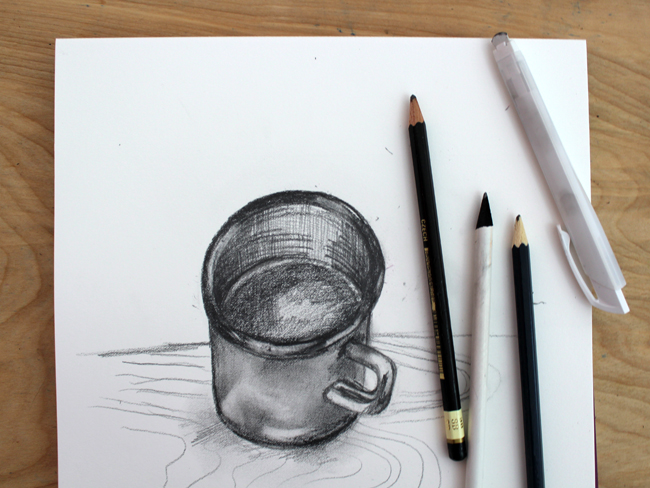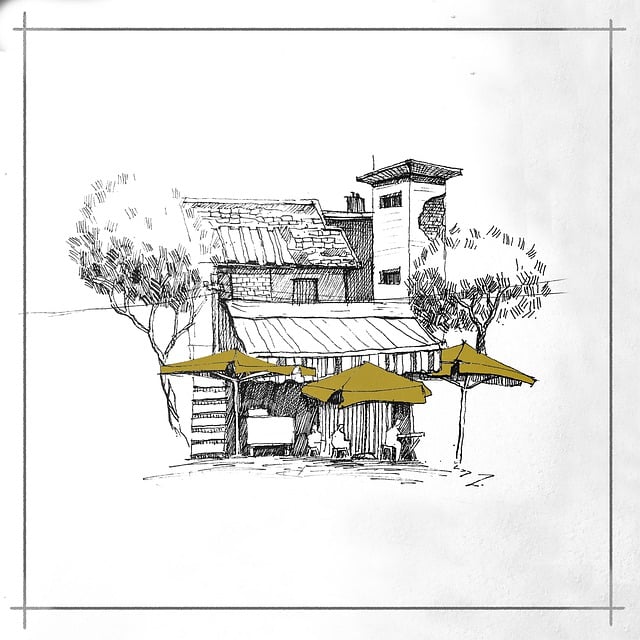
Welcome to 'Mastering Charcoal Sketching: A Comprehensive Guide,' a valuable resource for artists seeking to enhance their charcoal sketching skills.
This meticulously crafted guide offers expert advice and techniques to help you:
- Select the right materials
- Master basic shapes
- Perfect shading techniques
- Achieve depth through pressure variation
- Refine the art of smudging and blending
Whether you are a seasoned artist or a beginner, this guide will empower you with the knowledge and freedom to create stunning charcoal sketches that captivate and inspire.
Selecting the Right Materials
In order to achieve optimal results in charcoal sketching, it is crucial to carefully consider and select the appropriate materials for the task at hand.
When it comes to paper, exploring different textures can greatly impact the final outcome of your sketches. Smooth paper is ideal for detailed and precise work, while rough paper allows for a more expressive and textured finish.
Understanding the types of charcoal available is also essential. Vine charcoal is soft and easily smudged, making it perfect for initial sketches and creating light values. Compressed charcoal, on the other hand, is harder and darker, allowing for more intense shading and depth.
Mastering Basic Shapes
By understanding how to effectively utilize basic shapes, artists can lay a strong foundation for their charcoal sketches. Basic shapes such as circles, squares, and triangles serve as building blocks for more complex forms. They allow artists to establish the drawing proportions accurately, ensuring that the final artwork remains visually pleasing and balanced.

Additionally, mastering basic shapes is crucial for capturing light and shadow in a charcoal sketch. Understanding the relationship between shapes and lighting helps artists create depth and dimension in their artwork. By manipulating basic shapes, artists can easily depict the play of light and shadow, adding realism and drama to their charcoal sketches.
Therefore, dedicating time to practice and master basic shapes is essential for artists seeking freedom and creativity in their charcoal sketching journey.
Perfecting Charcoal Shading Techniques
Mastering charcoal shading techniques involves understanding the nuances of blending, smudging, and layering to create realistic and expressive shadows in artwork. To perfect your charcoal shading skills, here are three key techniques to explore:
Creating texture with cross hatching: Cross hatching involves using parallel lines in different directions to build up texture and depth. By varying the spacing and density of your lines, you can create a range of effects, from smooth gradients to rough textures.
Exploring different types of charcoal techniques: Charcoal comes in various forms, such as compressed, vine, and powdered charcoal. Each type has unique properties that allow for different shading effects. Experimenting with these different charcoals will help you discover the range of tones and textures they can achieve.
Layering for depth: Layering charcoal allows you to build up shadows gradually, creating depth and dimension in your artwork. Start with lighter tones and gradually add darker layers to achieve a realistic shading effect.
Achieving Depth With Pressure Variation
To achieve depth in charcoal sketching, artists can utilize pressure variation and a combination of techniques to bring their artwork to life.

By using cross hatching for added dimension, artists can create the illusion of form and depth in their sketches. Cross hatching involves drawing parallel lines in one direction and then layering them with another set of parallel lines in a different direction. This technique allows for the creation of darker areas where the lines intersect, adding depth and texture to the artwork.
Additionally, varying pressure while sketching can help create realistic textures. By applying heavier pressure, artists can achieve darker tones and bolder lines, while lighter pressure can create lighter tones and finer details. Experimenting with pressure variation allows artists to add depth and dimension to their charcoal sketches, resulting in visually captivating artwork.
Mastering the Art of Smudging and Blending
Four different techniques can be employed to master the art of smudging and blending in charcoal sketching. These techniques are essential for creating depth and texture in your drawings.
Advanced smudging techniques: Smudging is not just about rubbing the charcoal with your fingers. Experiment with different tools like blending stumps, tortillons, or even soft brushes to create various effects. These tools allow for more precise and controlled smudging, enabling you to achieve the desired softness or sharpness in your sketches.
Creating texture through blending: Blending is not only about creating smooth transitions between different tones. It can also be used to add texture to your artwork. By varying the pressure and direction of your blending strokes, you can simulate different textures like fur, wood grain, or fabric folds. Practice blending with different techniques to explore the vast possibilities of texture creation in charcoal sketching.
Combining smudging and blending: To achieve truly masterful results, it's important to combine these techniques. Experiment with using smudging to create initial tonal values, and then refine them with blending to add depth and texture. By mastering the art of smudging and blending, you will have more freedom to express your artistic vision and create captivating charcoal sketches.
Frequently Asked Questions
How Long Does It Take to Become Proficient in Charcoal Sketching?
Becoming proficient in charcoal sketching requires consistent daily practice, which brings numerous benefits such as improved hand-eye coordination, understanding of values and textures, and increased confidence. Overcoming common challenges, such as blending techniques and achieving accurate proportions, can speed up the learning process.

Can I Use Charcoal Pencils Instead of Sticks for Sketching?
Charcoal pencils can be used for shading in sketching, offering more control and precision compared to sticks. However, they may lack the rich texture and tonal range that sticks provide. It ultimately depends on the artist's preference and desired outcome.
Are There Any Specific Techniques to Prevent Smudging While Working With Charcoal?
To prevent smudging while working with charcoal, it is important to use a fixative spray once the sketch is complete. Additionally, using a light touch and working from top to bottom can help minimize smudging. Blending techniques, such as using a blending stump or finger, can also be employed to create smooth transitions in the sketch.
Can I Erase Mistakes in Charcoal Sketching, or Is It Permanent?
Erasing mistakes in charcoal sketching is possible, although it can be challenging. Charcoal is a medium that smudges easily, so prevention techniques, such as using fixatives and working from top to bottom, can help minimize errors.
Are There Any Tips for Creating Realistic Textures and Details in Charcoal Sketches?
Creating realistic textures and details in charcoal sketches requires a thorough understanding of tonal values and techniques for creating depth. By carefully observing and replicating textures, artists can bring their sketches to life with a high level of realism.
 Writing TipsCreative WritingJournalingSketching TechniquesBuying GuidesPrivacy PolicyTerms And Conditions
Writing TipsCreative WritingJournalingSketching TechniquesBuying GuidesPrivacy PolicyTerms And Conditions
